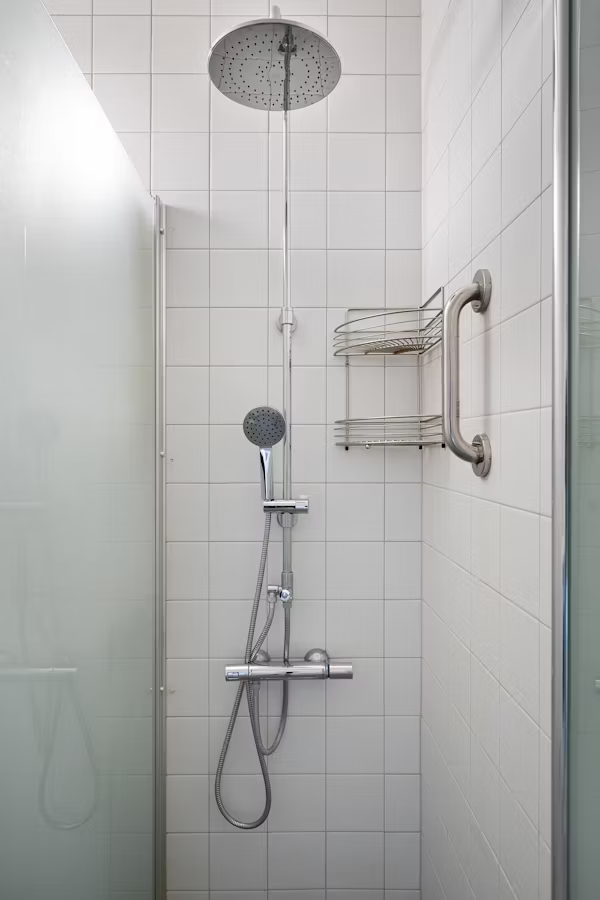The Rise of Upcycled Furniture and Home Goods: A Sustainable Revolution in Home Decor
- Jayant Upadhyay
- Aug 2
- 5 min read

Table of Contents
Introduction
What is Upcycled Furniture?
Difference Between Upcycling, Recycling, and Repurposing
Why Upcycled Furniture is Gaining Popularity
Environmental Impact and Benefits
Types of Upcycled Home Goods and Furniture
Popular Materials Used in Upcycled Products
Upcycling Trends in Interior Design
How to Incorporate Upcycled Pieces in Your Home
The Role of DIY and Maker Culture
Brands and Artisans Leading the Upcycling Movement
Challenges in Upcycled Furniture Market
Tips for Buying Upcycled Furniture
Future of Upcycled Home Goods
Final Thoughts
1. Introduction
In recent years, a silent yet powerful revolution has been taking place in the world of home décor: the rise of upcycled furniture and home goods. Once a niche practice reserved for artisans and eco-conscious consumers, upcycling has now entered the mainstream, reshaping how we think about furniture, waste, and sustainability.
As homeowners grow more environmentally aware and design-conscious, upcycled products offer a compelling blend of style, functionality, and responsibility. In this article, we’ll explore what’s driving this movement, the benefits it brings, and how you can be part of it.
2. What is Upcycled Furniture?
Upcycled furniture refers to items that have been creatively transformed from old or discarded materials into something new, stylish, and functional. Unlike recycling, which breaks materials down to create something from scratch, upcycling involves reusing existing elements with minimal processing to give them a new life.
Examples:
Turning an old door into a dining table
Repainting and reupholstering a vintage chair
Converting wine crates into wall shelves
Each piece tells a story and adds a layer of character and charm to your home.
3. Difference Between Upcycling, Recycling, and Repurposing
Understanding the difference helps highlight the unique value of upcycling:
Term | Description |
Recycling | Breaking down materials (e.g., plastic, metal) to create something new |
Repurposing | Using an item for a different purpose without major alterations |
Upcycling | Enhancing or modifying an item to improve its appearance or function |
Upcycling merges creativity with sustainability, making it both an art and an eco-conscious decision.
4. Why Upcycled Furniture is Gaining Popularity
Several cultural and economic shifts are fueling the demand for upcycled goods:
a. Environmental Awareness
People are increasingly mindful of their ecological footprint and the global waste crisis. Upcycling keeps usable materials out of landfills.
b. Economic Uncertainty
Budget-conscious consumers are turning to upcycled goods for high-end design at a fraction of the cost.
c. Unique Aesthetics
Unlike mass-produced furniture, upcycled pieces are often one-of-a-kind, offering personality and charm that can’t be bought off the shelf.
d. Support for Local Artisans
Buying upcycled items often supports local makers and small businesses, contributing to a more ethical supply chain.
5. Environmental Impact and Benefits
Upcycling plays a crucial role in the circular economy. Its benefits include:
Reducing Landfill Waste: Millions of tons of furniture are discarded each year. Upcycling saves usable materials.
Lower Carbon Emissions: Producing new furniture involves harvesting, manufacturing, and shipping—all carbon-intensive processes.
Resource Preservation: Upcycling minimizes the need for new raw materials like wood and metal.
Encouraging Conscious Consumption: Consumers become more mindful of what they buy and how long they keep it.
6. Types of Upcycled Home Goods and Furniture
a. Living Room
Coffee tables from reclaimed wood
Vintage trunks turned into storage ottomans
Upholstered sofas with salvaged fabric
b. Bedroom
Headboards from old shutters
Bed frames made with reclaimed timber
Repurposed ladders as blanket holders
c. Kitchen & Dining
Cabinets painted and modernized
Dining chairs with mismatched, reupholstered seats
Wine bottle chandeliers
d. Bathroom
Vanities from old dressers
Reclaimed barnwood shelves
Upcycled towel racks and mirrors
e. Décor Items
Pallet wood wall art
Mason jar lights
Planters made from old tins or teacups
7. Popular Materials Used in Upcycled Products
Upcycling taps into an array of materials that would otherwise go to waste:
Wood: From pallets, crates, old furniture, barns
Metal: Pipes, sheet metal, bed frames
Glass: Bottles, windows, jars
Fabric: Old curtains, clothes, upholstery
Plastic: Bottles, containers
Rubber: Tires used for chairs or ottomans
These materials often bring a rustic, industrial, or vintage charm that’s hard to replicate.
8. Upcycling Trends in Interior Design
a. Industrial Chic
Combining metal and wood salvaged from factories and warehouses for a raw, urban feel.
b. Rustic Farmhouse
Weathered wood and antique finishes align perfectly with upcycled items.
c. Boho and Eclectic
Mix-and-match décor benefits from the uniqueness of upcycled pieces.
d. Minimalism with a Story
Even minimalists appreciate a single upcycled statement piece that adds depth to a room.
9. How to Incorporate Upcycled Pieces in Your Home
You don’t need to redesign your entire home to enjoy upcycled goods. Here’s how to start:
Start Small: Add a single piece like a reclaimed wood bench or repurposed ladder shelf.
Mix Old and New: Upcycled items work beautifully as contrast elements in modern interiors.
Go Functional: Choose upcycled pieces that add utility—like storage or lighting.
Layer Textures: Use aged wood, metals, and fabrics to create a tactile environment.
10. The Role of DIY and Maker Culture
The DIY community has fueled the upcycling movement:
Platforms like Pinterest, YouTube, and TikTok inspire people to try their hand at transformation projects.
Workshops and maker spaces allow people to access tools and guidance.
People enjoy the emotional connection of creating or modifying furniture themselves.
This grassroots element keeps upcycling authentic, personal, and accessible.
11. Brands and Artisans Leading the Upcycling Movement
Several companies and individuals are championing sustainable furniture design:
Urban Wood Goods: Specializes in reclaimed wood furniture made from old buildings.
Rust & Grain: Offers custom, handcrafted furniture from salvaged materials.
Etsy Sellers: Countless artisans showcase upcycled creations, from pallet coffee tables to vintage suitcase nightstands.
The Upcycled Home Co. (UK): A retail brand focused entirely on upcycled furniture and accessories.
These pioneers show that eco-conscious doesn’t have to mean compromising on aesthetics.
12. Challenges in Upcycled Furniture Market
Despite its popularity, the movement isn’t without obstacles:
a. Supply Chain Issues
Reliable sourcing of quality salvaged materials can be difficult.
b. Perception of Quality
Some consumers mistakenly associate “used” with “low-quality,” although many upcycled items are better made than new ones.
c. Pricing Confusion
Because of the labor involved, upcycled pieces may cost more than mass-produced furniture, which confuses value-seeking buyers.
d. Scalability
Many upcycled brands are small operations, making large-scale production or distribution challenging.
13. Tips for Buying Upcycled Furniture
If you’re ready to shop sustainably, keep these tips in mind:
Ask About Materials: Know where the wood, metal, or fabric came from.
Check Craftsmanship: Ensure structural stability and quality finishes.
Support Local: Artisan pieces often come with a story and better customer service.
Look for Certifications: Some products may carry eco-certifications or details on ethical sourcing.
Personalize: Many makers offer customization—take advantage of it.
14. Future of Upcycled Home Goods
As climate change and consumer awareness evolve, upcycling will play a growing role in sustainable design. The future may see:
AI and tech-assisted upcycling tools
Integration into mainstream retail (e.g., IKEA experimenting with reuse initiatives)
Greater collaboration between designers and recyclers
Circular economy policies encouraging upcycled products through tax breaks or grants
Consumers are likely to favor transparency, ethical sourcing, and environmental impact over cheap mass production.
15. Final Thoughts
The rise of upcycled furniture and home goods isn’t just a trend—it’s a lifestyle shift. In a world facing environmental crises, choosing to furnish our homes with creative, conscious, and character-rich items is a powerful act.
Whether you're buying from a local artisan or taking on your own DIY project, you're contributing to a more sustainable, beautiful future. So next time you need a new chair, shelf, or side table—think upcycled.



Коментарі